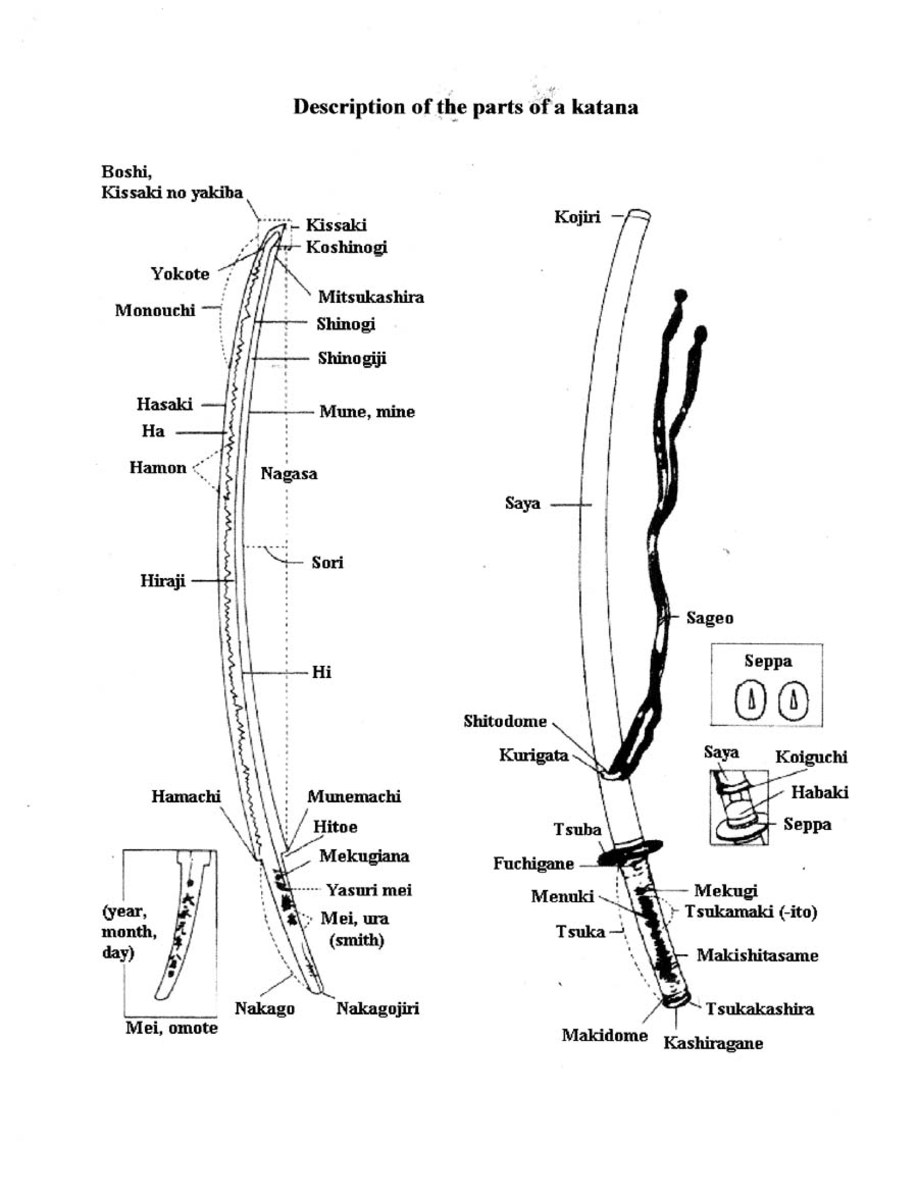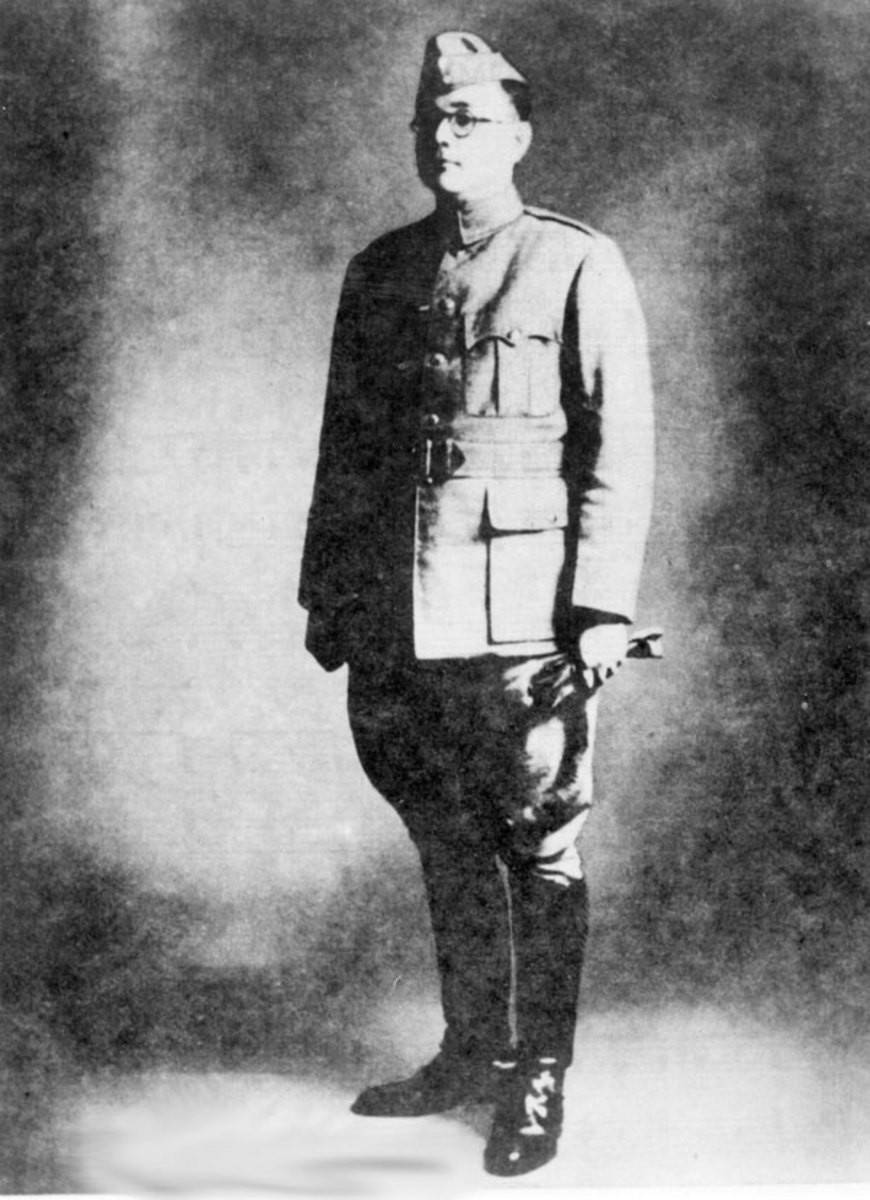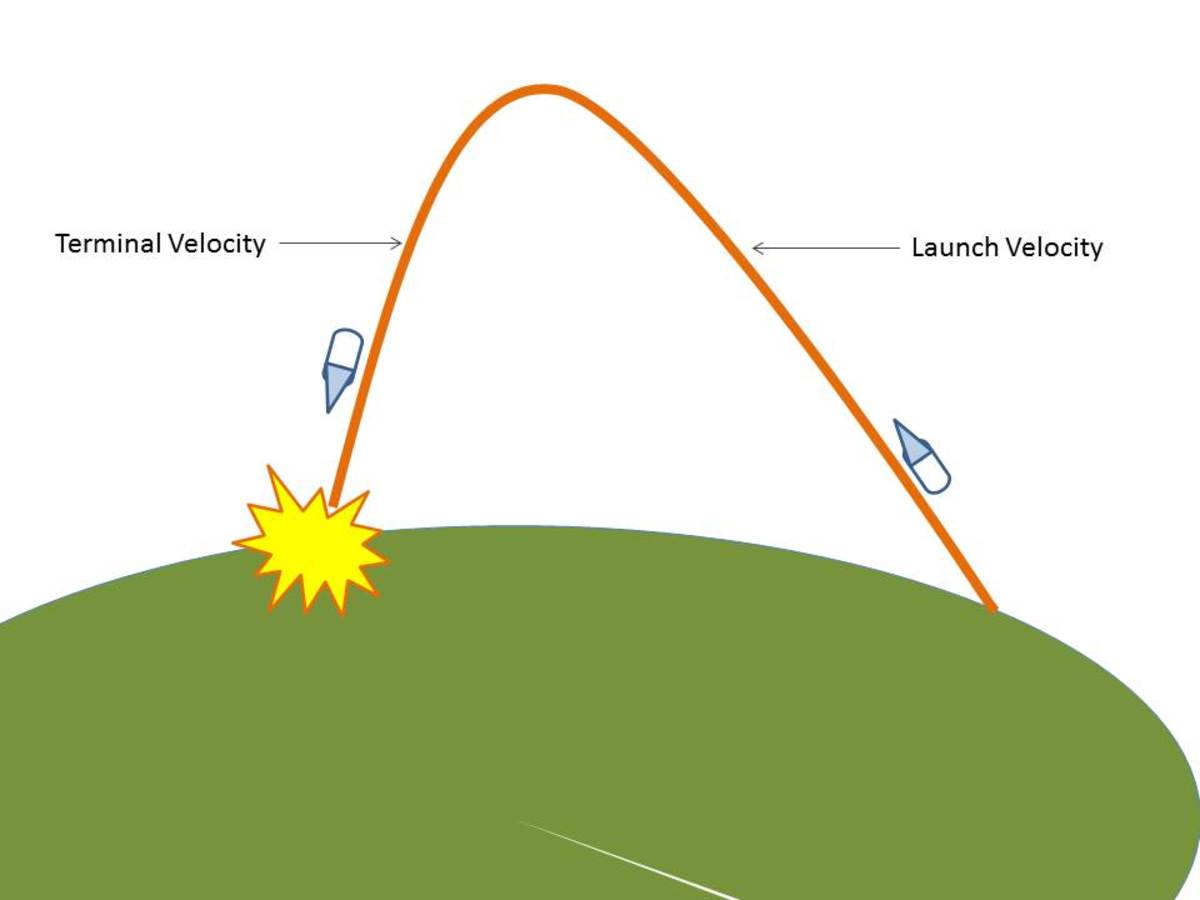- HubPages»
- Education and Science»
- History & Archaeology»
- Military History
True Face of the Ninja


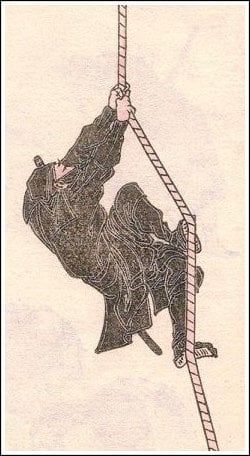
The American Old West had their gunfighters and cowboys and the English had their knights in shining armor. The Japanese had their samurai and ninjas. History of cowboys and knights is relatively easy to trace. Origins of the ninja, on the other hand is not as easily ascertained.
There were few, if any records kept of their existence since they were a secretive and clandestine band of operatives. Most of what is known has been passed down from generation to generation and historically the name ninja was not commonly used until much later. In Japan, the word “shinobi” and variants of it are often used instead of "ninja.”
Japanese folklore tells the ninja descended from a demon that was half man and half crow. However, that’s folklore. More realistically, ninja slowly evolved in early feudal Japan.
Their origins are shrouded in the mists of time and difficult to determine, but most historians generally agree true ninjas appeared around the 14th century.Although, references to persons with similar characteristics and methods of operation, have been found as early as 522 A.D. But, these were nonviolent priests sometimes referred to as "mystics." No doubt, they were precursors of what was to become known as the ninja.
A ninja was a kind of mercenary whose specialties included espionage, sabotage and assassination. They had strict rules concerning honor, combat and conduct, similar to that of the samurai class.

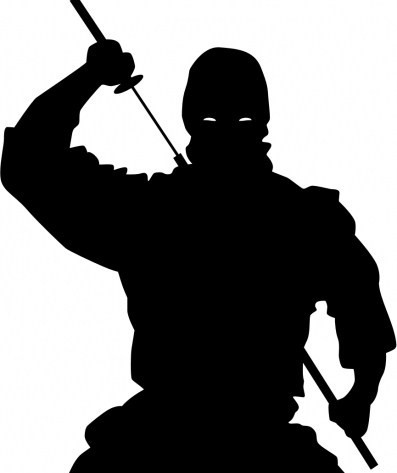
But, due to Hollywood movies, sensationalism and books on the subject, the true face of the ninja has become so obscured as to become virtually unrecognizable. They were recruited as spies, arsonists and even terrorists. The ninja families were organized into guilds, each with their own territories.
There were also women who became ninjas. Like their male counterparts they also infiltrated enemy strongholds. Disguised as dancers, concubines or servants they were sometimes assassins as well.
The mysterious black clad depiction of a ninja we are familiar with today is pure bunk. Ninjas were spies whose best weapon was to disguise themselves as common folk and civilians. True, drawings have been discovered showing early ninjas dressed in black, but this was more likely the artist’s attempt to portray their sense of invisibility. Common robes of the day were much more suited to hide an array of weapons.

Clothing worn by ninja resembled that of the samurai, but loose hanging parts of garments, such as leggings, were tucked into trousers or tied with belts. As far as ninja armor, some pieces of light armor supposedly worn by them do exist, but there is no hard evidence of their use.
The tools of their trade were basically stealth, disguise and arson. Although they were skilled in martial arts, this was usually a last resort. The profession was also usually a family affair with knowledge being passed from father to son.
However, times in Japan were changing and around the 7th century the priests found themselves honing their fighting skills in order to protect themselves from a badgering government.
From the 12th to 15th century, a new class of wealthy, families began to emerge who constantly bickered with one another over control of territories. Samurai families started indulging in wholesale covert warfare, espionage and assassination. There came to be a huge demand for spies, mercenaries and assassins. Thus, the ninja was born.
Up until this time samurai had handled most problems. But their code of honor stood in their way in many cases. The ninja code however, stressed accomplishing a mission by whatever means necessary. Sneak attacks, poison, seduction and spying were not considered honorable to the samurai, but business as usual for the ninja. They became useful instruments for the samurai clans.
Like the samurai, ninja were usually born into the profession and trained from childhood. In addition to martial arts and physical training, these youths were taught many other subjects. Survival and scouting techniques, as well as a detailed study of poisons and explosives and how to work as a team were considered essential. Ninjas also had to learn about other professions as well if they were to fit in unnoticed as spies.
However, following the unification of Japan during the Tokugawa era, the ninja lapsed into relative obscurity for a time. But, in the 17th and 18th centuries, manuals on military warfare, strategy and philosophies began appearing in great numbers. These manuals revealed an assortment of philosophies, religious beliefs and warfare applications that formed the basis of the ninja's art.
Just like their Western gunfighter and knight counterparts, numerous legends and myths have sprung up around the ninja. As a result it is often difficult to separate historical fact from fiction. Some legendary accounts have ninjas endowed with superhuman abilities including invisibility, walking on water and being able to control the elements. Other powers attributed to them have been the ability to split into multiple bodies, shape shift or summon animals for assistance.




